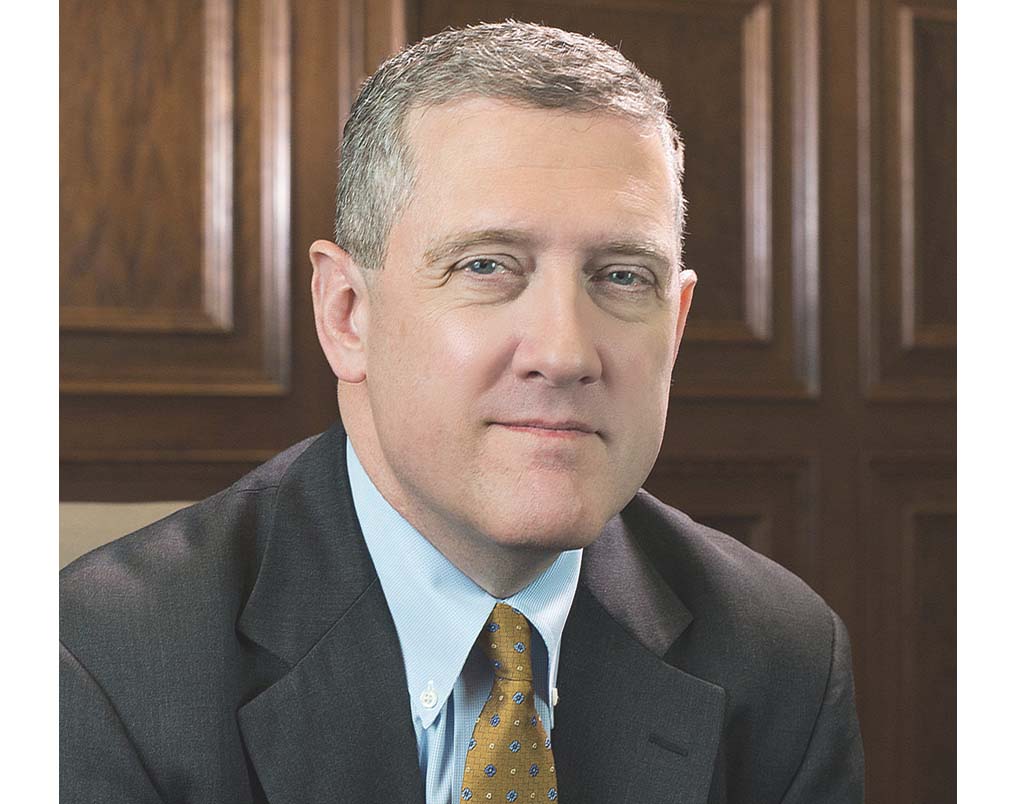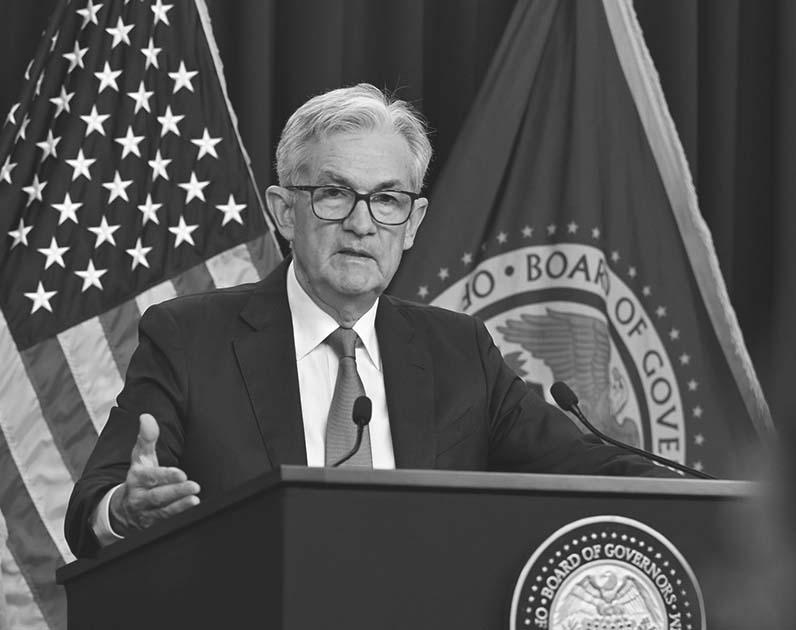Federal Reserve raises interest for fourth time in 2022; banks move in tandem with higher prime lending rates
August 1-7, 2022
By Wesley Brown
The Federal Reserve’s Open Market Committee (FOMC) raised the federal funds rate another 75 basis points (bp) at the panel’s July 27 meeting and hinted more interest rate hikes are likely ahead in the second half of 2022 as the nation’s bank seeks to quell runaway inflation.
After emerging from its fourth monetary policy in 2022, the influential FOMC said its main goal in adjusting federal monetary policy is to achieve maximum employment and inflation at the rate of 2% over the longer run. “In support of these goals, the Committee decided to raise the target range for the federal funds rate from 2.25% to 2.5% and anticipates that ongoing increases in the target range will be appropriate,” said Fed Chairman Jerome Powell in a statement on July 27.
Although the FOMC has raised the federal funds rate four times, the nation has seen across-the-board inflation in the first seven months of 2022. After leaving the federal target rate at zero throughout all of 2021, the Federal Reserve in March approved a 0.25% hike as the nation’s consumer price index (CPI) and personal consumption expenditures price (PCE), both key U.S. inflation barometers, jumped 8.5% and 6.6%, respectively, from the previous year.
Earlier this month, the U.S. Bureau of Labor Statistics’ (BLS) Consumer Price Index for All Urban Consumers (CPI-U) increased 1.3% in June after rising 1% in May. Over the last 12 months, the “all items” index increased to a whopping 9.1%, the largest 12-month increase since the period ending November 1981.
The BLS’s Producer Price Index spiked 1.1% in June following advances of 0.9% and 0.4% in May and April, respectively. Through the 12-month period ended in June, the selling price received by domestic producers for their output jumped into double digits to 11.3%, nearly matching the record 11.6% gain in March 2022.
Following those double-digit inflation gains in the first quarter, the nation’s central bank raised the target range for the federal funds rate by 50 bp to the range of 0.75% to 1% in early May. Last month, the FOMC hiked interest rates to the highest level since the Great Recession, pushing the interest rate that commercial banks pay to each other to the range of 1.5% to 1.75%.
In assessing the appropriate stance of monetary policy, the 12-member Federal Reserve panel said it will continue to monitor the implications of incoming information for the economic outlook. Voting for the Fed’s monetary policy action was Powell; John Williams, vice chair; Michael Barr; Michelle Bowman; Lael Brainard; James Bullard; Susan Collins; Lisa Cook; Esther George; Philip Jefferson; Loretta Mester and Christopher Waller.
Bullard, president of the St. Louis Federal Reserve’s Eighth District that includes Arkansas and six other Midwest states, has earlier argued publicly for a more aggressive monetary policy. During a European Economics and Financial Centre virtual discussion on July 15, Bullard talked in remarks about his preferences for raising the policy rate and his views of recession predictions.
Bullard said the U.S. economy continues to do very well and that the country has created about 2.7 million jobs in the first six months of the year, “an outstanding number even for a full year.” Although financial markets have been predicting a U.S. recession next year, Bullard said he is “a little skeptical that we’ll get to a recession.” The U.S. economy is slowing, but it’s slowing to a trend pace of growth from a very rapid pace in 2021, he said.
Noting the “hot” inflation report, Bullard said that his reaction is that instead of trying to achieve a Fed policy rate of 3.5% by the year’s end, which has been his baseline for several months, “I would now say that we may have to try to hit 3.75 to 4% by the end of 2022.”
Inflation is staying “stubbornly high,” Bullard added, “But we’ve got the right policy to bring it back to 2% in a relatively short time frame, and I would say something like 18 months.”
In response to the FOMC rate hike, several regional and national banks immediately raised their prime lending rates for consumers, including Deutsche Bank, Truist Financial, BMA Harris, Wells Fargo and Regions Banks. All three of those banking groups increased their prime lending from 4.75% to 5.50%, effective July 28.
Photo Captions:
1. St. Louis Federal Reserve President James Bullard
2. Federal Reserve Chair Jerome Powell participates in the Federal Open Market Committee (FOMC) press conference on July 27.




